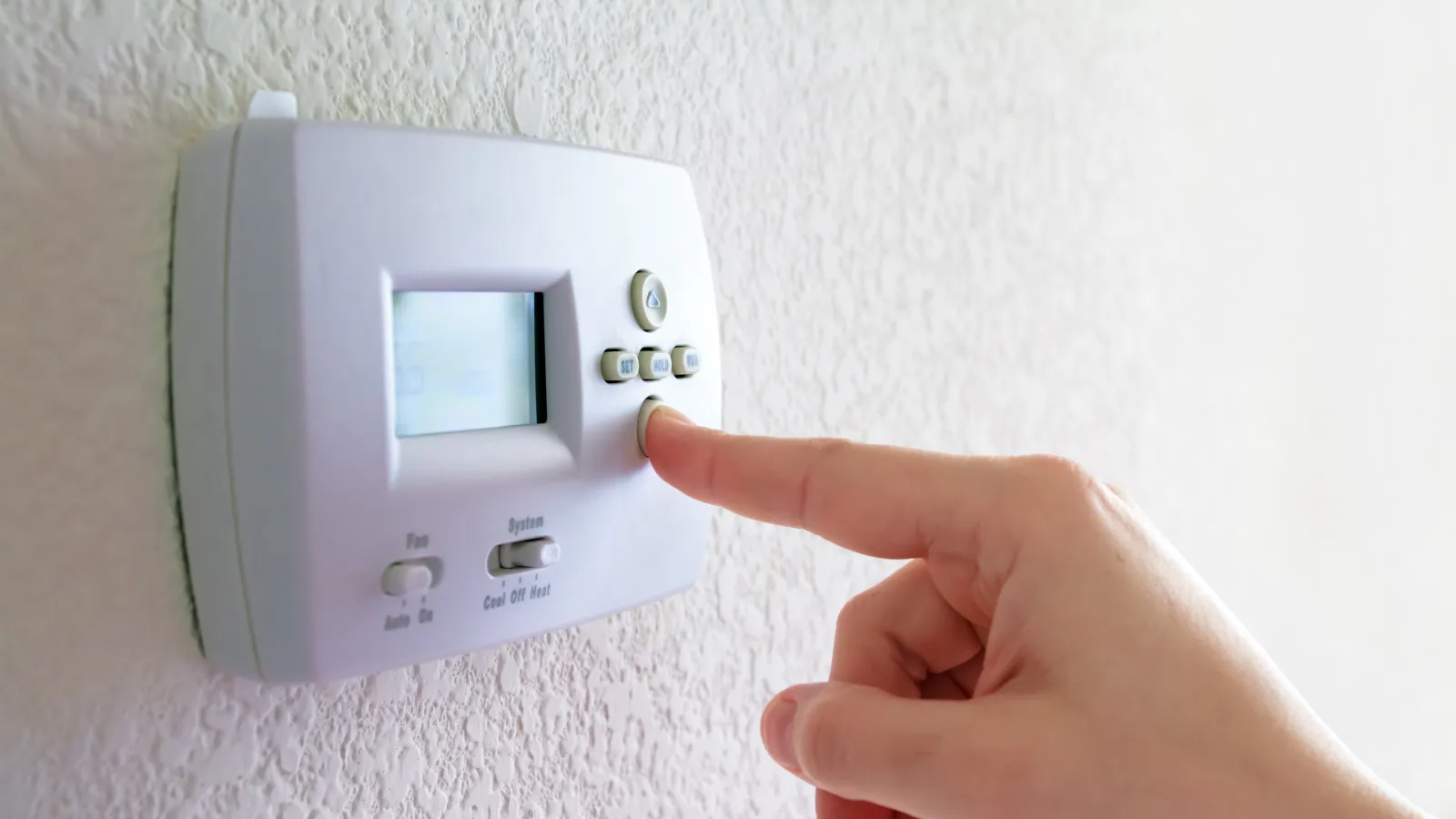4 factors to consider when choosing insulation
We get it. The fun factor for picking out home insulation ranks far below picking out almostanything else for your home. However, just like new furniture or decorations can make your house "homier" and more comfortable, so can insulation!
Insulation stays unseen and while doing so, performs one of the most important roles for your home - reducing energy costs. Who wouldn't want that? However, not all insulation is created equal. To ensure you're getting the right insulation for your home, there are four factors to keep in mind: R-value, soundproofing, flammability, and allergens.
1. R-Value
Insulation keeps your energy costs low by providing an effective way to control your indoor climate. Specifically, the R-value measures the resistance of the flow of heat through a material and is an important indicator of high quality insulation. The higher the R-Value, the lower your energy bills. USA Premium Foam® has an R-value that is up to 35% higher than any other insulation product.
2. Soundproofing
Adding quality insulation, such as injection foam, has the benefit of making your home more soundproof. Not only are you taking control of your energy costs and indoor climate but also your indoor environment. Due to the density of the injection foam, it diminishes those annoying noises we are all too familiar with — the barking dog next door and even noisy traffic.
3. Flammability
Some may say any insulation is good insulation. That couldn't be further from the truth! For example, some insulation is more flammable than others. As a homeowner, the last thing you should be worried about is danger lurking within your walls. In fact, USA Insulation's Premium Foam is the only home insulation product with high scores in every fire safety category. It will even act as a fire barrier that impedes the spread of flames in your home. With other insulation products like cellulose, they could become flammable if not treated properly.
4. Allergens
Before there were innovative materials, like injection foam, the go-to materials were fiberglass, cellulose, and rock wool - much of which is still used for insulation today. The problem with these materials is that they can become allergens and pose a significant health risk.
Injection foam provides the best alternative due to its unique properties that eliminate the risk of irritants and allergens. Since injection foam is initially liquid, it seamlessly integrates into your wall and underlying elements without releasing any matter into the surrounding air like chemically treated fibers such as cellulose. The end result is a hardened Styrofoam™-like consistency that does not emit harmful chemicals and keeps outside allergens out of your home.
Consider these factors when considering insulation as a smart home improvement! With USA Insulation, you'll regret not having done it sooner. Contact us today to schedule a FREE in-home consultation!



